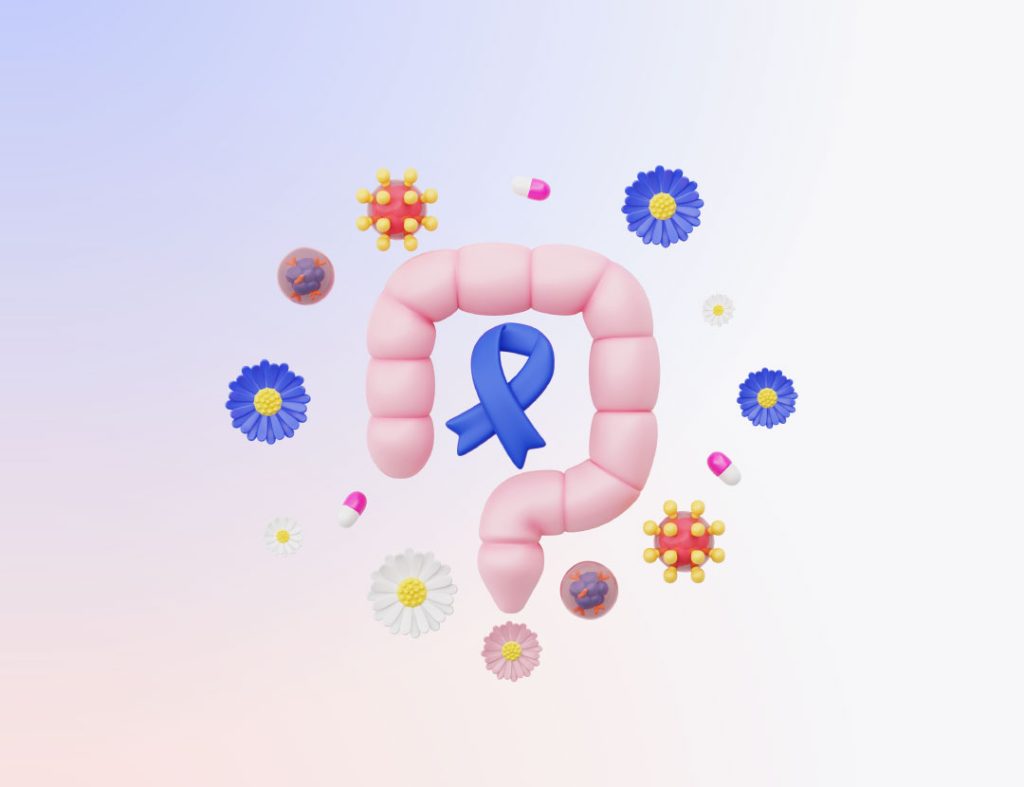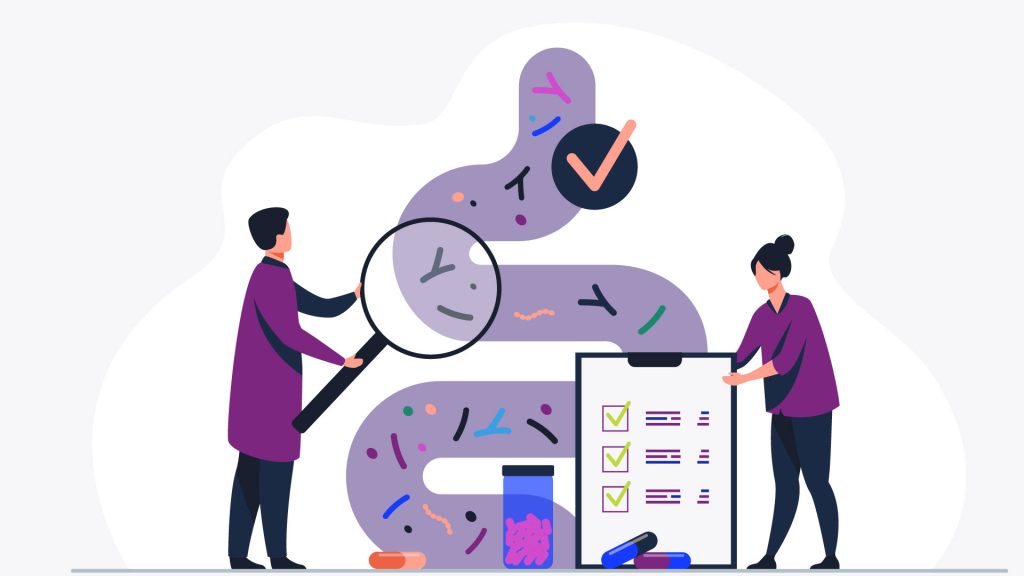A Study on Histamine & its Role in the Generation of IBS Symptoms
In a study by Dr. Premysl Bercik (McMaster University), they transplanted the microbiota of IBS patients into mice. There were three donors in total – one IBS patient with high levels of histamine (HH) in their urine, one IBS patient with low levels of histamine (LH) in their urine, and lastly, they transplanted the microbiota from a healthy volunteer (low histamine/ LH in their urine).
The mice from each group were fed a custom diet containing either high or low levels of fermentable foods for three weeks. They wanted to see how these two types of diet would influence gut transit, the permeability of the intestinal barrier, and gas production.



















